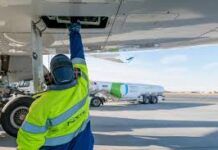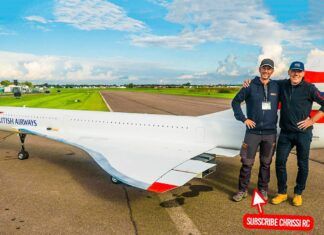When I do research on maintenance and aircraft ownership issues, I often hear a comment like this, from a shop owner or manager or an I&A: “The owner just didn’t want to replace [name of component]; he just didn’t see the value.”
I understand the sentiment. Maintaining an airplane is so expensive that owners have always felt that proactive replacement of a part that hasn’t failed yet is just money down the drain. I think this established trend is worse than ever now because owners are flying less and it’s my distinct impression that many have less money that they’re willing to devote to the airplane. The cost-value relationship that existed 20 years ago is different now, although not for everyone. There’s a small, moneyed core of owners who never scrimp on maintenance and who are still doing the $50,000 avionics upgrades. But on balance, I’d call the overall condition of the fleet pretty beat down.
In an engine shop I toured recently, the owner showed me a Continental IO-550 in for overhaul with a cracked case, a nasty fissure running perpendicular to the top mating line. I didn’t measure it, but it looked perilously close to the 3.5-inch limit for weld repairing of cracks described in AC 33-6. The shop owner said there was no way they were sending the case out for repair and re-use, so the aircraft owner was confronted with the choice of a repaired case from the pool or a new one for about ten grand.
In the context of not wishing to waste money, what to do? Pushing to weld the crack, to my mind, would be the wrongest of possible choices. The repaired or refurbished case from the pool strikes me as the high-value option; a new case as the premium choice. For an airplane worth maybe $250,000, that’s just not a bank breaker.
That kind of decision making goes to the psychology of safety related to maintenance decisions. If the welded case saves the owner $10,000, that’s not trivial. It’s a little more than what he might spend on gas to fly the airplane for 100 hours a year. What’s the impact on safety? There’s no data worthy of the name to make a probabilistic judgment. The shops I’ve talked to say that it’s rare for a cracked case to fail at the point of a repair, but it’s not unusual for them to develop new cracks. What’s the probability of either of these developing into catastrophic failure? Again, no data, but it’s certainly not zero. I’ve seen engine-failure accidents involving cracked cases and cylinders and there are many more incidents that don’t cause accidents.
The argument that stitching a case together with big welds is perfectly safe is just as valid as saying that is isn’t. The dividing line is the money. It’s really a between-the-ears, comfort-level kind of thing. Since there’s rarely any real data to support the decision, you spend the money if it will make you feel good, you don’t if it won’t.
I confronted this with the Cub engine three years ago. One of the cylinders went soft and the others were OK, but not spectacular. We had a discussion about just replacing the bad cylinder and flying it for another year or two. After all, the A65 is just a glorified tractor engine, what could go wrong? Just to assure myself, I yanked the bad cylinder and happened to give the connecting rod a wiggle. It had discernable end play on the crank journal and I explained to the other owners that as far as I was concerned, the engine should be overhauled, not topped. Still, one of the partners wanted to replace the cylinder and fly on. To me, this made no sense. We’re talking about a $12,000 overhaul and with four owners, 25-cent dollars to get it done. By my calculus, that removed money as a determining factor in the equation.
Why? Because if owning an airplane is so economically marginal that I’m scrimping on basic maintenance or even avoiding the major things with Band-Aid fixes to limp along for another few hours, I’m simply not in a position to own an airplane. If I can’t absorb and recover from a financial hit equivalent to some percentage of the airplane’s total value, it’s time to get out. (This is one reason I’ve always owned in partnerships.) The same equation applies equally to owners of $30,000 and $300,000 airplanes. I get that the guys who own the latter didn’t accumulate all their money by wasting it, but there’s a thin line between frugality and blithering idiocy when it comes to fixing and replacing things that are broken. I’d rather waste a little cash than alight in a muddy field—or worse—for not having replaced a ratty fuel hose or a frayed throttle cable.
Owning and operating an airplane is a financially irrational activity given how much most of us spend compared to owning an asset that’s used for less than 1 percent of the available hours in a year. It’s sunk money, so sinking a little more for good maintenance—some of it preventive—seems like a no-brainer to me. It’s better to just do it than wring your hands over whether it’s right or wrong.

































